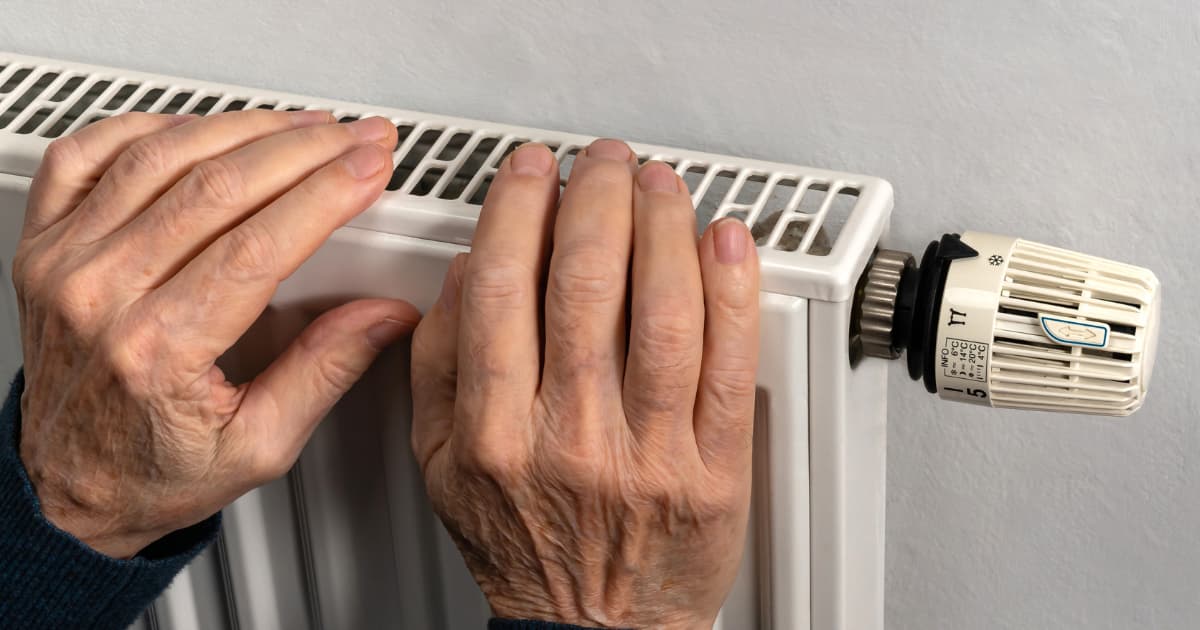Physical Address
304 North Cardinal St.
Dorchester Center, MA 02124

The aging population’s health and well-being have become paramount, particularly when it comes to temperature regulation.
As individuals age, they often experience diminished ability to maintain core body temperature, largely due to changes in metabolism, circulation, and decreased activity levels.
Consequently, ensuring elderly individuals remain warm, especially during colder months, is essential.
In this article, we will explore the top five methods to keep the elderly warm.
Here are the five best methods to keep the elderly warm at any time:
Clothing serves as our primary barrier against environmental temperatures. For the elderly, wearing layered clothing can be the difference between feeling comfortably warm and experiencing cold-related health issues.
Start with a base layer, preferably made of materials with good thermal properties such as merino wool or synthetic thermal wear. This initial layer should be snug to trap body heat efficiently.
As additional layers are added, ensure that they allow for breathability. Overheating can be just as dangerous, so materials like cotton and fleece, which wick away moisture while retaining warmth, are ideal.
A well-maintained home heating system is crucial for keeping the elderly warm. However, it’s essential to strike a balance between efficiency and cost.
Invest in energy-efficient heaters, such as infrared heaters or oil-filled radiators. These devices tend to distribute heat more uniformly, ensuring the environment is conducive for elderly individuals.
Ensure that heating systems, whether central heating or space heaters undergo regular maintenance. This not only guarantees optimal performance but also reduces potential safety hazards.
These devices allow for consistent temperature settings. For the elderly, a constant, mild warmth is preferable to fluctuating temperatures. Programmable thermostats can automatically adjust to maintain the desired temperature.
What one consumes has a direct correlation with how one feels, especially in terms of body temperature. For the elderly, specific dietary adjustments can help maintain warmth.
Regularly consuming hot meals, especially soups and stews, can provide internal warmth. These meals not only raise the body’s core temperature momentarily but also provide essential nutrients that aid in overall body function.
While it might seem counterintuitive to drink fluids when trying to stay warm, staying hydrated aids circulation. Warm teas or hot water with lemon can be a pleasant way to stay hydrated while also receiving warmth.
Physical activity, even in mild forms, can significantly boost blood circulation, leading to increased warmth. However, for the elderly, it’s crucial to find the right balance to avoid strain or injury.
Activities such as tai chi, yoga, or even simple stretching can help increase blood flow. Engaging in these exercises in a warm environment, like indoors, can amplify their effects.
Simple actions like toe-tapping, finger drumming, or clenching and unclenching fists can also contribute to generating heat through muscle contraction.
Lastly, the physical environment plays an undeniably significant role in temperature regulation. Making minor adjustments to living spaces can significantly impact warmth retention.
Placing these by doors or windows can prevent cold air from seeping in, ensuring that the warmth generated by heaters remains inside.
For those living in particularly cold regions, investing in double-glazed windows can drastically reduce heat loss, ensuring that indoor temperatures remain steady.
Properly insulating roofs, walls, and floors can prevent heat loss. Materials such as fiberglass, mineral wool, or cellulose are excellent for this purpose.
Keeping the elderly warm is more than just a comfort issue it’s a health imperative.
By integrating strategies like layered clothing, efficient heating, proper nutrition, physical activity, and insulating living spaces, we can ensure that our aging population remains safe and comfortable throughout the colder months.
Always prioritize regular checks and ensure that the methods employed are suited to individual needs, ensuring both warmth and well-being.